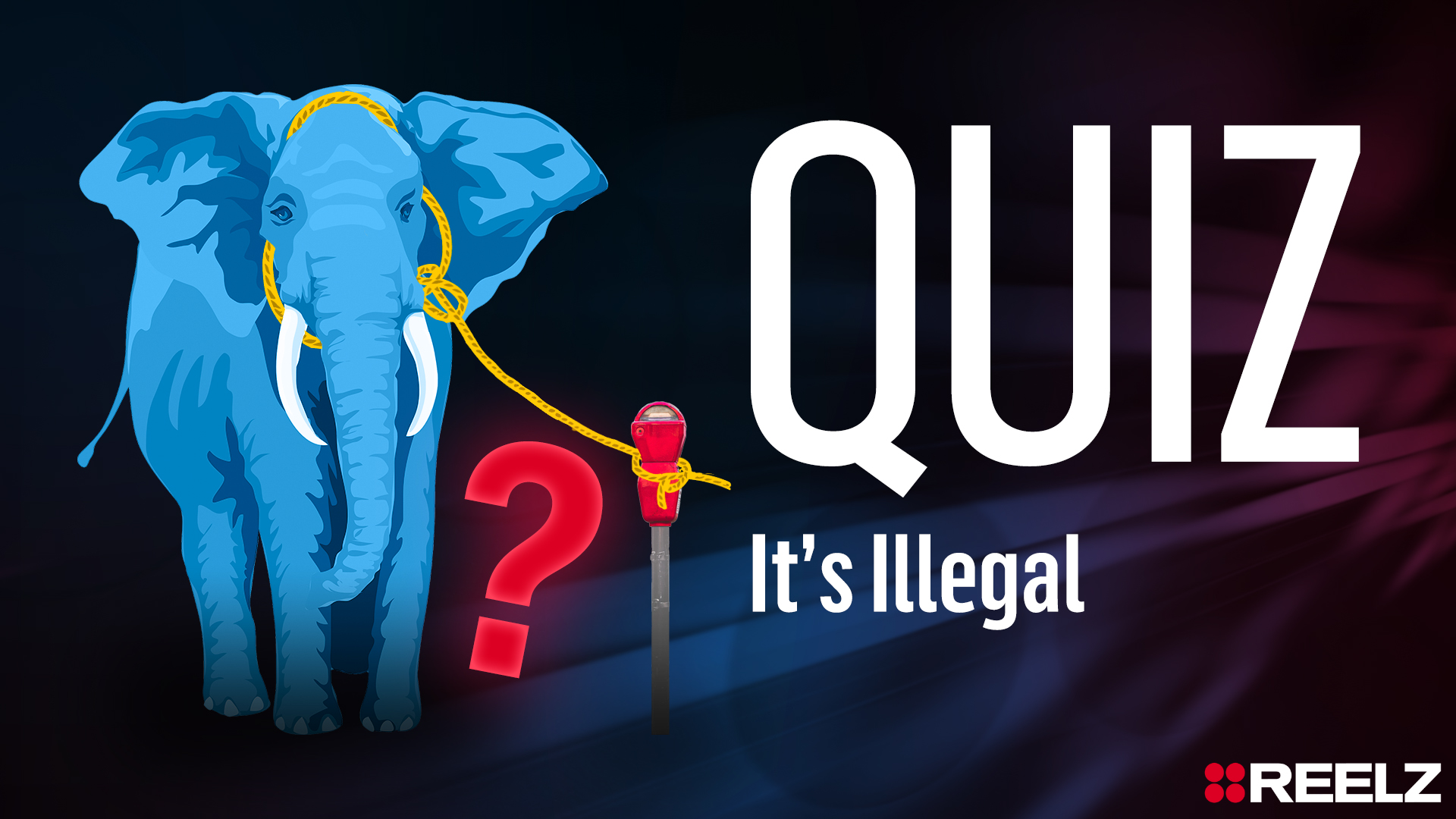On Patrol: Live – Frequently Asked Questions

How are departments selected to appear on ON PATROL: LIVE?
Showing the nation’s rich regional diversity is fundamental to ON PATROL: LIVE and drives the selection process for the departments appearing on the show. Producers reach out across the country – from the East to West coasts, the South to the Midwest, rural, urban and suburban America – seeking departments that reflect the country’s diverse character. This diversity is showcased by the officers with whom the ON PATROL: LIVE camera crews ride, and by the women and men up the chain who command them, giving the audience a comprehensive view of law enforcement officers on patrol across America.
Do the police departments that appear in ON PATROL: LIVE have editorial control over content?
Absolutely not. The producers of the show exercise exclusive creative control over all ON PATROL: LIVE content – including both the live footage and the pre-taped content. A rigorous editorial process is in place to protect the rights of citizens and officers appearing on the program, and the producers, in connection with the network airing the program, have final say on all content that ultimately makes air on the show.
What review rights do the departments have over footage aired on ON PATROL: LIVE?
Appearing departments have the right to review and request editing of ON PATROL: LIVE footage that could potentially endanger citizens and/or the safety & security of police officers, and/or compromise departmental operations. Instances of “safety & security” captured by ON PATROL: LIVE cameras could include the inadvertent exposure of undercover officers and/or CIs (Confidential Informants); operational tactics and information that could undermine an ongoing investigation or legal proceeding; or personal information about an officer that could endanger them, their family or associates. To protect the rights of citizens and/or minors, there may be instances where the show’s producers unilaterally decide to edit footage in certain and very specific circumstances. Examples of this may include extremely violent and traumatic incidents; the use of racially charged language; or to shield the identity of minors. There can also be instances where individuals use inflammatory or potentially libelous statements that need to be carefully reviewed. In all these instances, the decision to edit content is because it violates the production company’s own internal standards, or the standards and practices of the network – not to protect the image of the officers involved – and should not be misconstrued as an effort to shield law enforcement from criticism.
Do producers pay departments to appear on ON PATROL: LIVE?
No money is paid by the producers to the departments in exchange for their appearance on ON PATROL: LIVE. Committing to a season of ON PATROL: LIVE can be demanding on a department’s resources, especially for smaller agencies. In an effort to make a department’s appearance on ON PATROL: LIVE cost-neutral for taxpayers, and upon discussions with the department regarding their specific needs, the producers employ the industry-wide practice of paying a nominal Insignia Fee, which is a standard television licensing practice involving a specific payment for the rights to air an agency’s name or logo. Frequently, Insignia Fees are paid directly to the city government, not to the police department itself.
Is there any time delay on airing ON PATROL: LIVE?
The show is filmed in real time and airs live. However, because of television standards and practices, like all live programming there is a slight time delay to address the safety and security purposes outlined above. The delay can be as little as a few minutes or up to 20-30 minutes, depending on the circumstance. Any delay longer than that would be acknowledged on air as having occurred earlier.
Who owns the ON PATROL: LIVE footage?
All footage captured by ON PATROL: LIVE cameras on live show nights and for pre-taped content is fully owned and controlled by the show’s producers, as is the case for all news, media, and entertainment companies. Any demands or requests for ON PATROL: LIVE footage by police departments, sheriff’s offices, state and local government agencies, prosecutors, defense attorneys, district attorneys or news media must be made via a validly served and enforceable subpoena. Regardless of the perceived merits or virtues of the request, the production company institutes this policy impartially to maintain the public’s trust, acting neither as an arm of law enforcement nor a tool for civil attorneys.
What is the production company’s footage retention policy?
With ON PATROL: LIVE, camera footage is generally retained for 30 days. In exceptional events and circumstances, and on a case-by-case basis, footage may be retained for a longer period of time. Footage may also be retained when a timely and proper request for footage is received by the production company from government entities as well as private entities/individuals.
What standards do producers use when filming the show?
The arrangement with ON PATROL: LIVE producers and the police departments is identical to that offered to news media crews for their ride-alongs and adheres to the same stringent standards. (In fact, a substantial number of the show’s producers and camera crews come from television or digital news backgrounds.) ON PATROL: LIVE cameras are present only to document the actions of law enforcement officers and in no way interfere with or direct the officers’ conduct or public interactions. The producers do not decide the selection of the officers they ride with on any given night and have no say in the calls officers choose to respond to, all of which are autonomous decisions made unilaterally by the appearing departments.






